How to Choose the Right Portable Solar Power System for Your Needs
When considering the adoption of renewable energy solutions, the choice of the right Portable Solar Power system becomes crucial for those seeking convenience, efficiency, and sustainability. With a multitude of options available in the market, users may find it challenging to identify which system best meets their diverse energy needs. Factors such as power output, portability, battery storage, and compatibility with various devices play significant roles in making an informed decision. Whether you are preparing for an outdoor adventure, ensuring backup power during emergencies, or simply aiming to reduce your carbon footprint, understanding these essential elements will empower you to select a Portable Solar Power system that aligns perfectly with your lifestyle and requirements. In this guide, we will explore key considerations and features to help simplify your selection process and maximize the benefits of going solar.
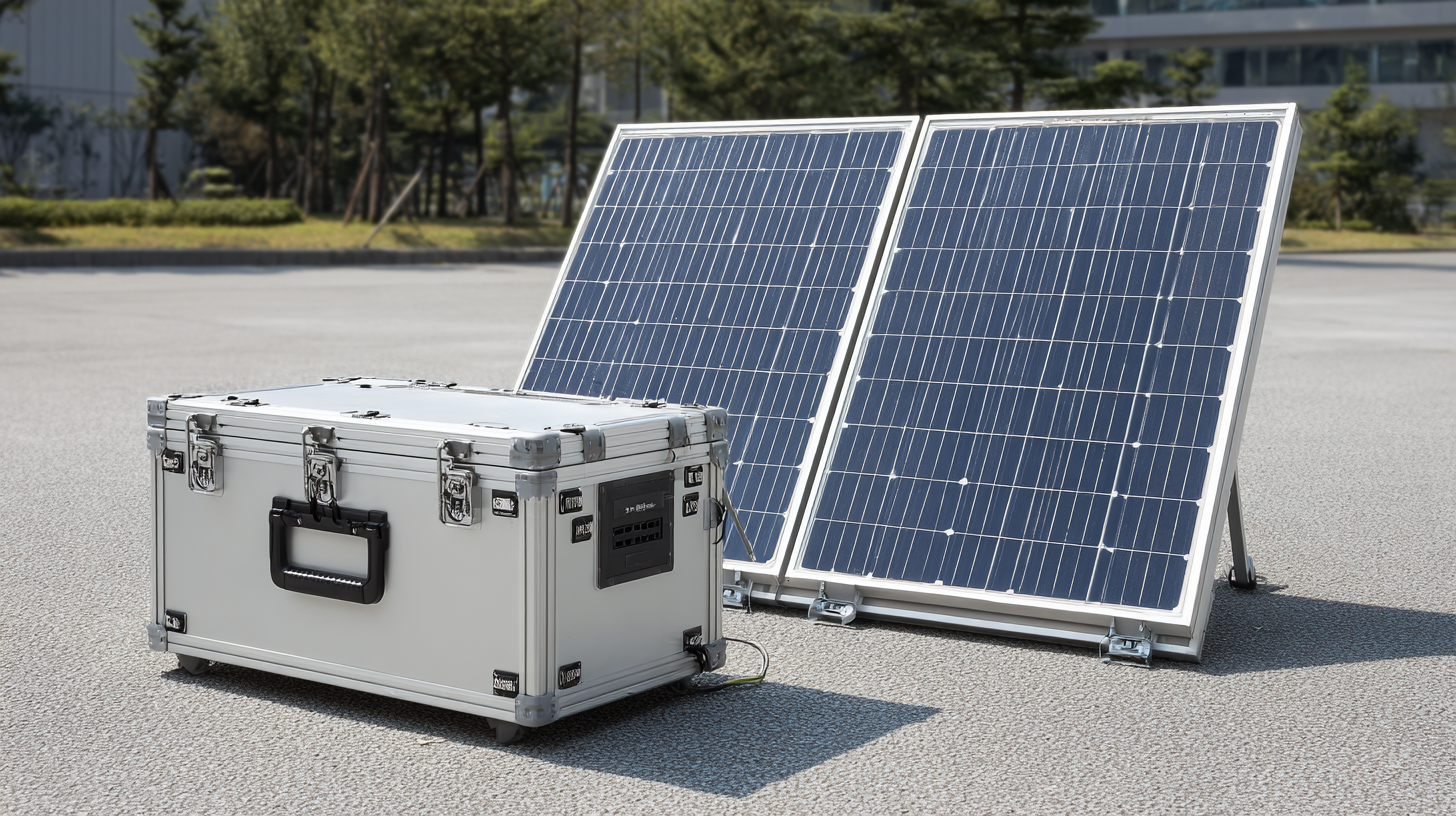
Understanding Your Power Needs: Calculating Wattage Requirements for Portable Solar Systems
When it comes to selecting the right portable solar power system, the first step is understanding your power needs. Calculating wattage requirements is crucial to ensure you choose a system that can efficiently handle your devices and activities. To determine your wattage needs, list all the electronics you'll be using, including their individual wattages. For example, a smartphone charger typically consumes about 5-10 watts, while a small refrigerator might require 50-100 watts. Adding up these values gives you a clear picture of your total power consumption.
**Tips**: Consider the time each device will be used during your trip. For instance, if you're using a laptop for 5 hours at 50 watts, you'll need 250 watt-hours at minimum. Also, factor in any potential energy losses from the inverter if you're using one. It may be beneficial to choose a solar power system that exceeds your calculated needs to provide some flexibility and ensure you don't run out of power.
After calculating your total wattage, it's essential to look at the solar power systems available in the market. Choose a system that can not only meet but ideally surpass your wattage requirements to account for unpredictable weather conditions. This will give you peace of mind, knowing that your portable solar power system can reliably support your energy needs, whether you're camping, traveling, or preparing for emergencies.
How to Choose the Right Portable Solar Power System for Your Needs
| Device | Wattage Requirement | Recommended Solar Power System | Estimated Runtime |
|---|---|---|---|
| Laptop | 50-100W | 100W Portable System | 5-10 hours |
| Smartphone | 5-20W | 50W Portable System | 20-30 hours |
| Camera | 10-20W | 50W Portable System | 15-25 hours |
| Portable Refrigerator | 40-100W | 200W Portable System | 3-8 hours |
| Fan | 20-50W | 100W Portable System | 10-15 hours |
Evaluating Portability: Weight, Size, and Design Considerations for Different Users
When selecting a portable solar power system, evaluating portability is crucial. Users should consider the weight, size, and design of the system to ensure it meets their unique needs. Lightweight systems are ideal for those who plan to hike or travel, while compact designs can fit easily in a backpack or car trunk. It's essential to balance power capacity with portability; a system that’s too heavy or bulky may hinder mobility.
Tip: Before purchasing, check the weight specifications and visualize how you will transport the unit. If you're frequently on the move, aim for systems that weigh less than 10 pounds and have a foldable design.
Furthermore, the size of the solar panels can significantly impact efficiency and usage. Larger panels might generate more power but can be cumbersome to set up, whereas smaller panels are easier to handle and deploy. Think about your typical use cases—if quick setups are a priority, opt for systems that offer simple assembly and storage options.
Tip: Look for solar power systems that come with carrying cases or integrated handles for added convenience. Always measure the storage space available in your vehicle or backpack to avoid any surprises during your adventures.
Battery Types and Capacities: Choosing the Right Battery for Longevity and Efficiency
When selecting a portable solar power system, understanding
battery types and their capacities is crucial for
achieving longevity and efficiency. The two most common types of batteries used in these systems
are lead-acid and lithium-ion.
According to a report by the National Renewable Energy Laboratory,
lithium-ion batteries generally offer a
higher energy density and a longer lifespan compared to lead-acid batteries, providing up to
2,000 cycles at 80% depth of discharge, while lead-acid batteries
typically offer only 300-500 cycles under similar conditions.
Capacity also plays a pivotal role in battery selection. Measured in amp-hours (Ah),
the capacity determines how much energy the battery can store and subsequently provide. A study by the California
Energy Commission indicates that for most portable applications, a battery with a capacity between 100-300 Ah
would suffice for typical daily usage, supporting everything from camping to emergency backup needs.
Selecting a battery that meets your specific energy requirements, while considering the trade-off between
weight and power output, will ultimately enhance the efficiency and usability of your portable solar power system.
Assessment of Solar Panel Efficiency: Comparing Monocrystalline versus Polycrystalline Options
When choosing between monocrystalline and polycrystalline solar panels, one must consider factors such as efficiency, cost, and environmental impact. Monocrystalline panels are known for their higher efficiency rates and superior performance in low-light conditions, making them a popular choice for residential use, especially in space-constrained situations. However, they often come at a higher price point compared to polycrystalline panels, which are generally less efficient but can be more affordable and yield good results in areas with ample sunlight.
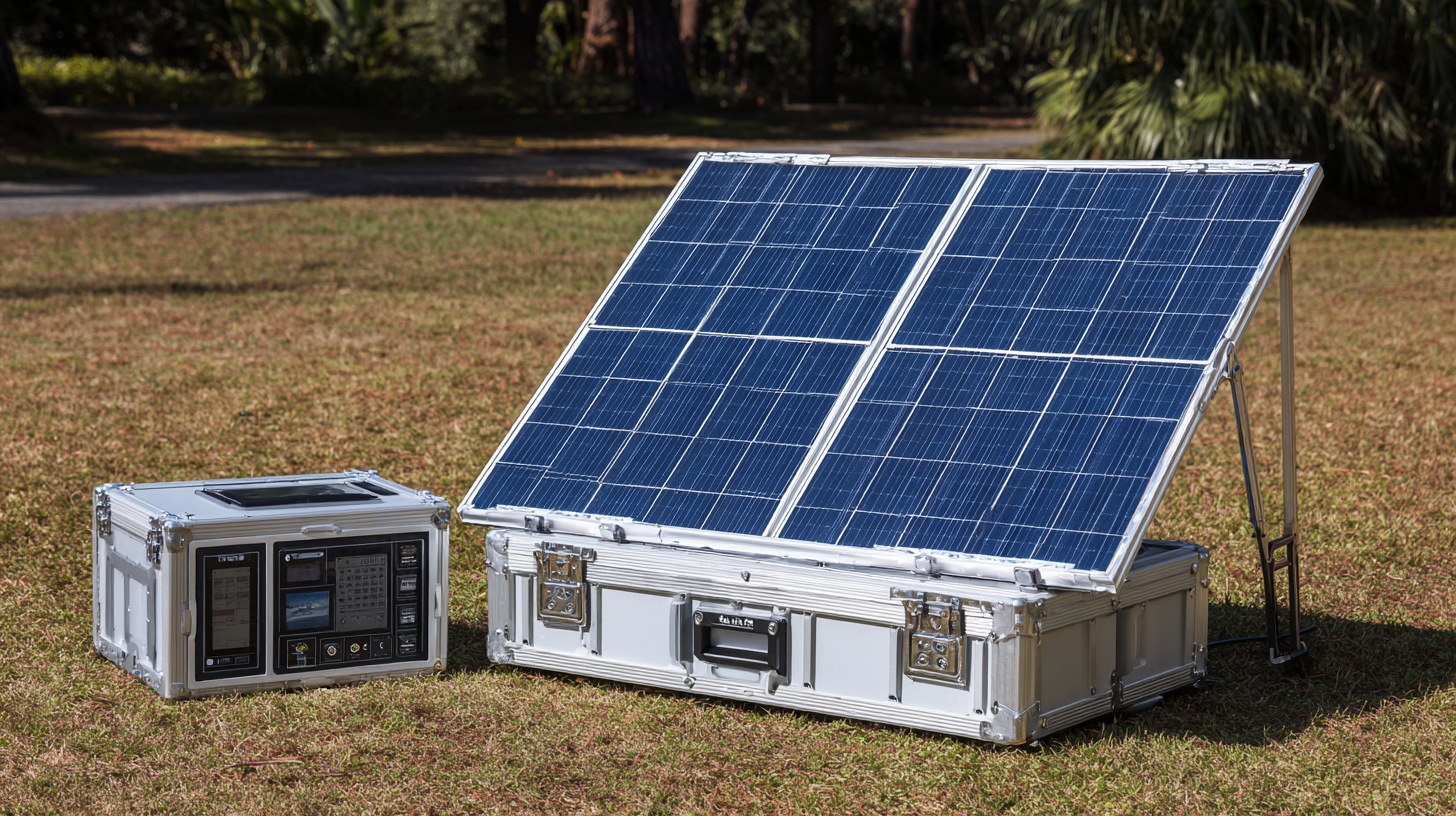
Recent assessments highlight the life cycle environmental impacts of silicon-based photovoltaic modules, taking into account variations in module design and production locations. For instance, modules produced in different countries show distinct environmental footprints, influencing both domestic and global sustainability goals. As regions like the United Arab Emirates strive for a 44% clean energy share by 2050, evaluating the techno-economic and environmental benefits of monocrystalline versus polycrystalline options becomes essential for informed decision-making that aligns with long-term sustainability objectives. Understanding these dynamics can guide consumers in selecting the solar power system that best meets their needs while contributing to broader clean energy initiatives.
Budgeting for Your Solar Setup: Analyzing Costs and Returns on Investment in Solar Technology
When considering a portable solar power system, budgeting is a crucial aspect that requires careful analysis of both costs and potential returns on investment. It’s essential to understand the initial investment required for the equipment, which can vary significantly based on the system's size, efficiency, and brand. While a higher upfront cost may seem daunting, it’s important to evaluate how this investment can lead to savings on energy bills over time, making it a worthwhile consideration for your budget.
Tips: Start by determining your energy needs to select an appropriate system size. Calculate how much you currently spend on power and project potential savings with solar energy. Additionally, research any available incentives or rebates that can offset initial costs. It's also wise to compare the lifespan and durability of different systems, as a longer-lasting option may provide better long-term value.
Moreover, consider the maintenance costs associated with your solar setup. While solar systems generally require minimal upkeep, budgeting for occasional repairs or parts replacement is sensible. Enhance your financial planning by reviewing customer testimonials and product reviews to gauge the reliability of the systems you're considering, ultimately leading to a well-informed investment in your solar energy journey.
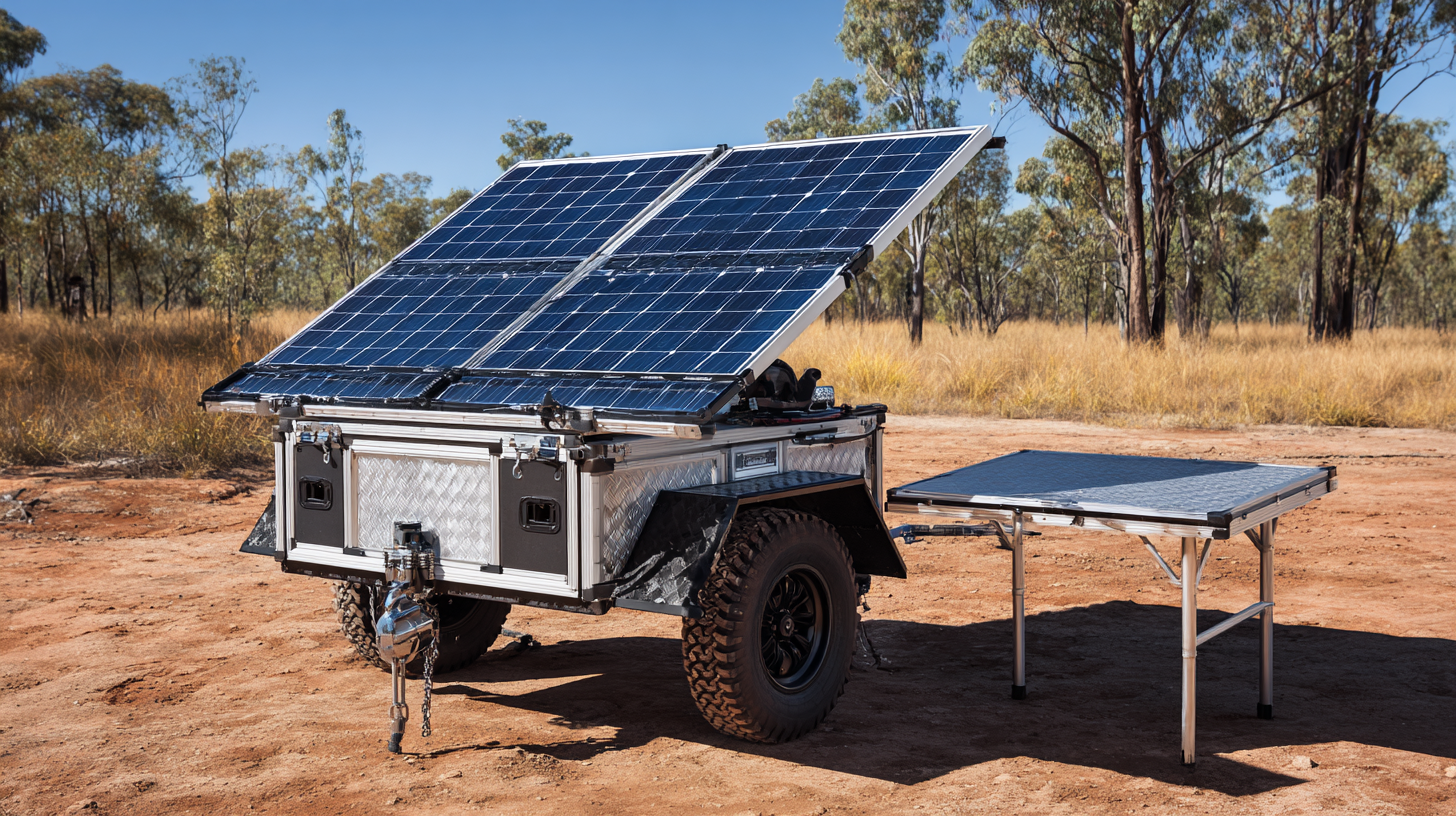
Related Posts
-
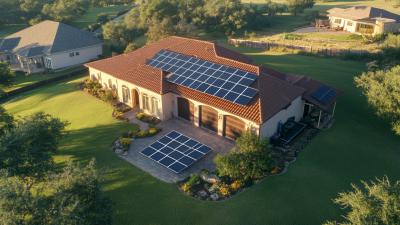
Comprehensive Resource on Solar Panel Systems for Global Buyers
-
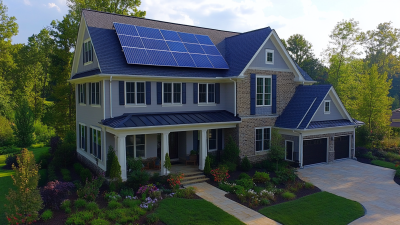
Unlock the Power of Solar Electric: Revolutionizing Sustainable Energy Solutions for Global Buyers
-
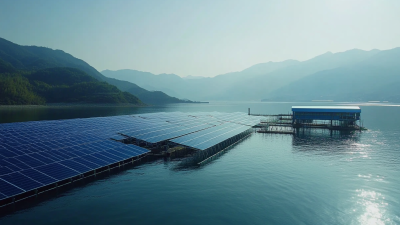
Unlocking Sustainable Energy Solutions: The Future of Global Sourcing for Solar Panels
-

Challenges Faced by Global Buyers in Sourcing Solar Energy Systems
-

Innovative Solar Solutions to Power Your Business for a Sustainable Future
-
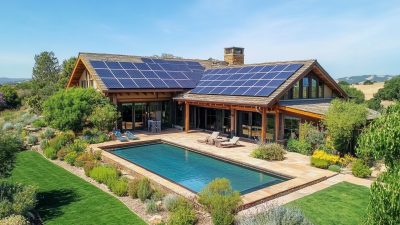
How to Identify Top Quality Off Grid Solar Manufacturers with 5 Essential Tips

